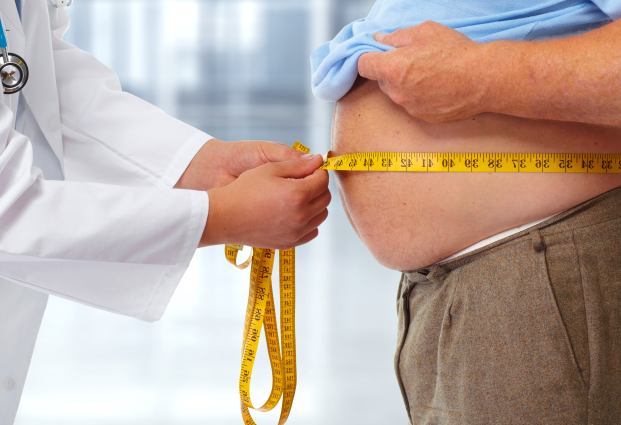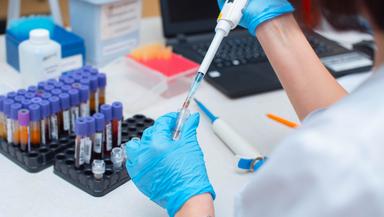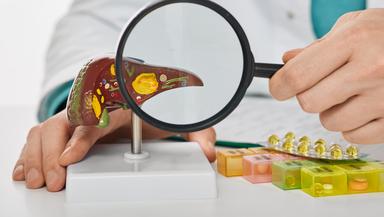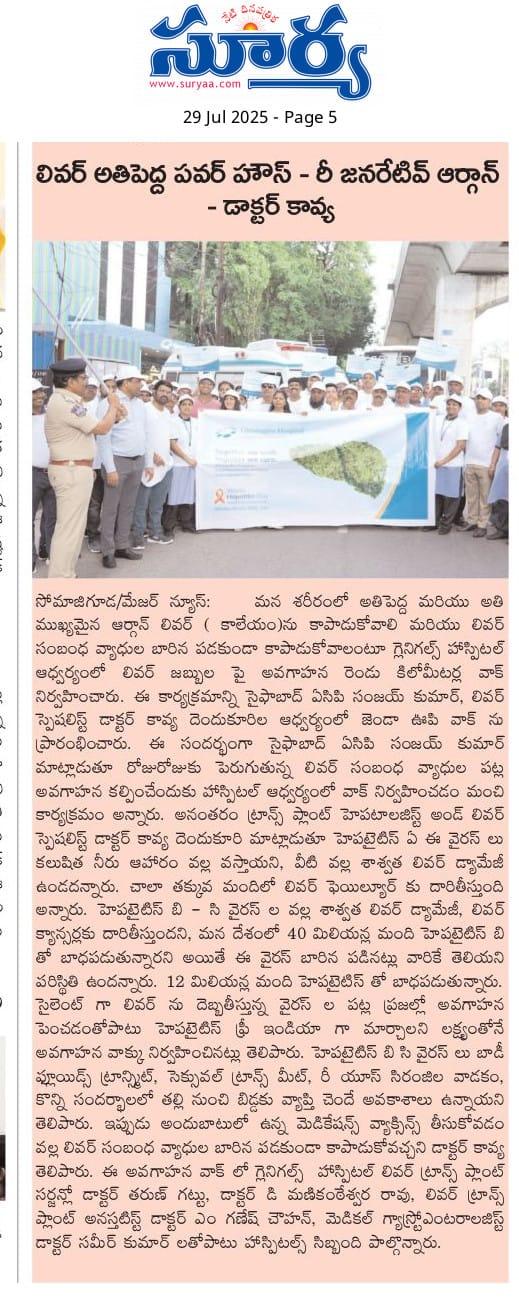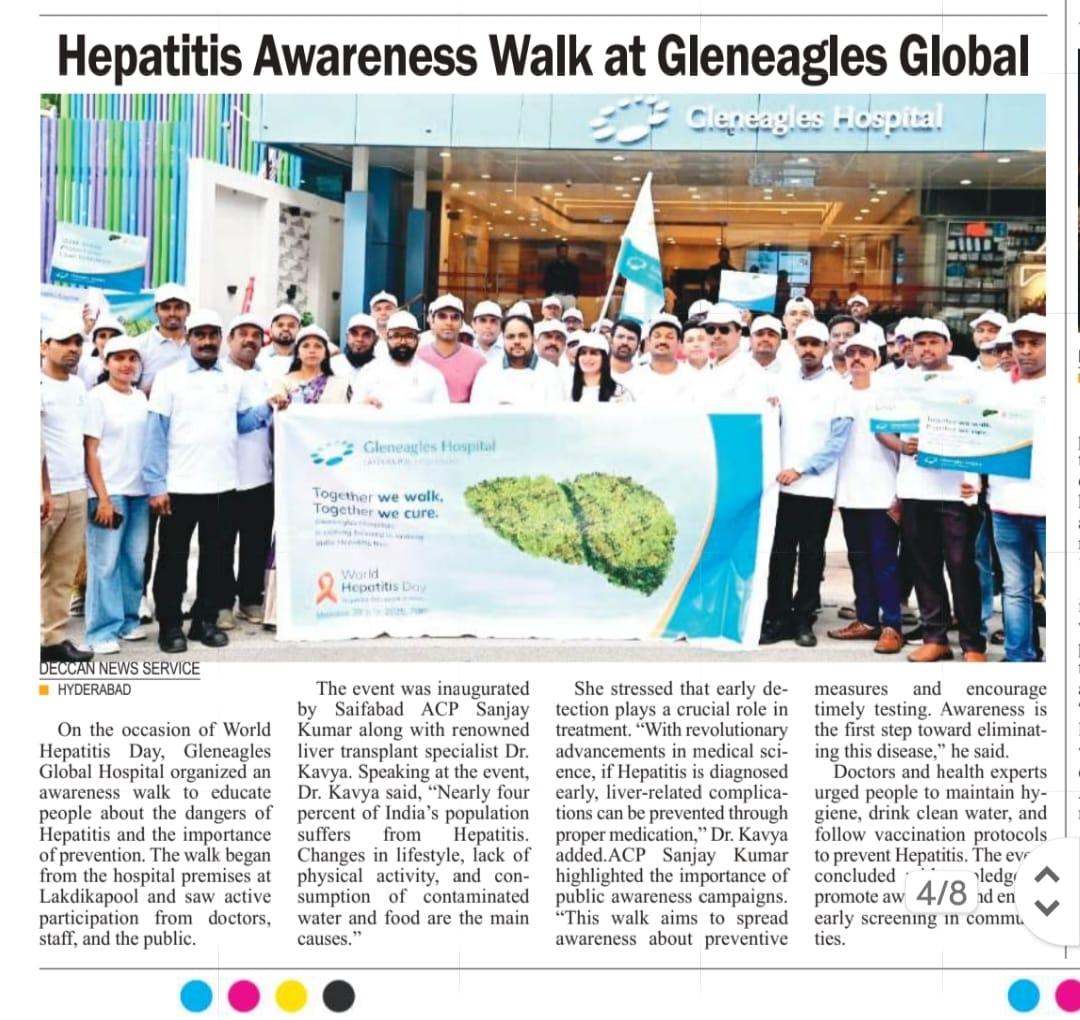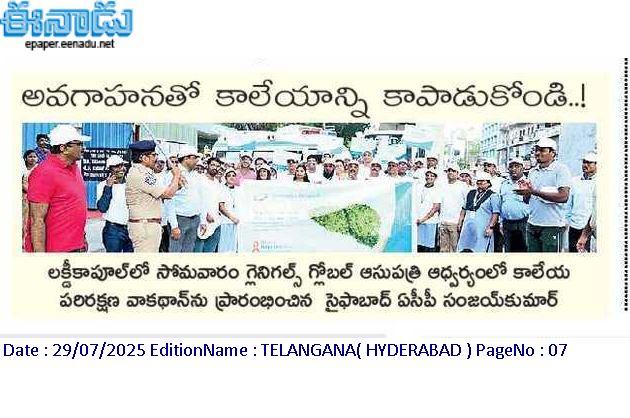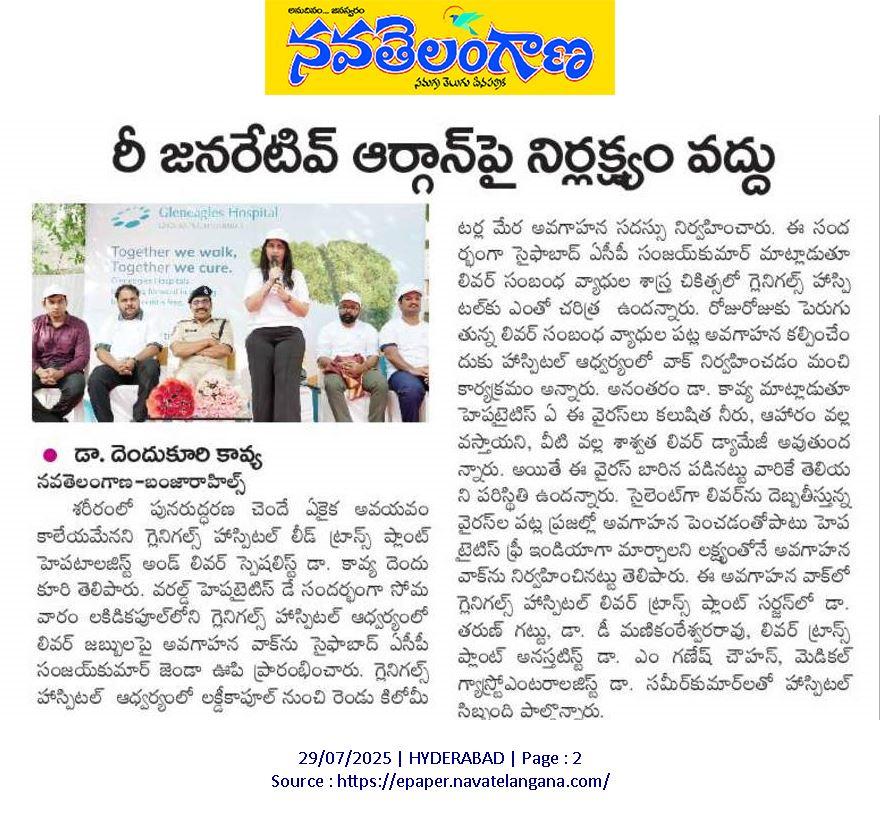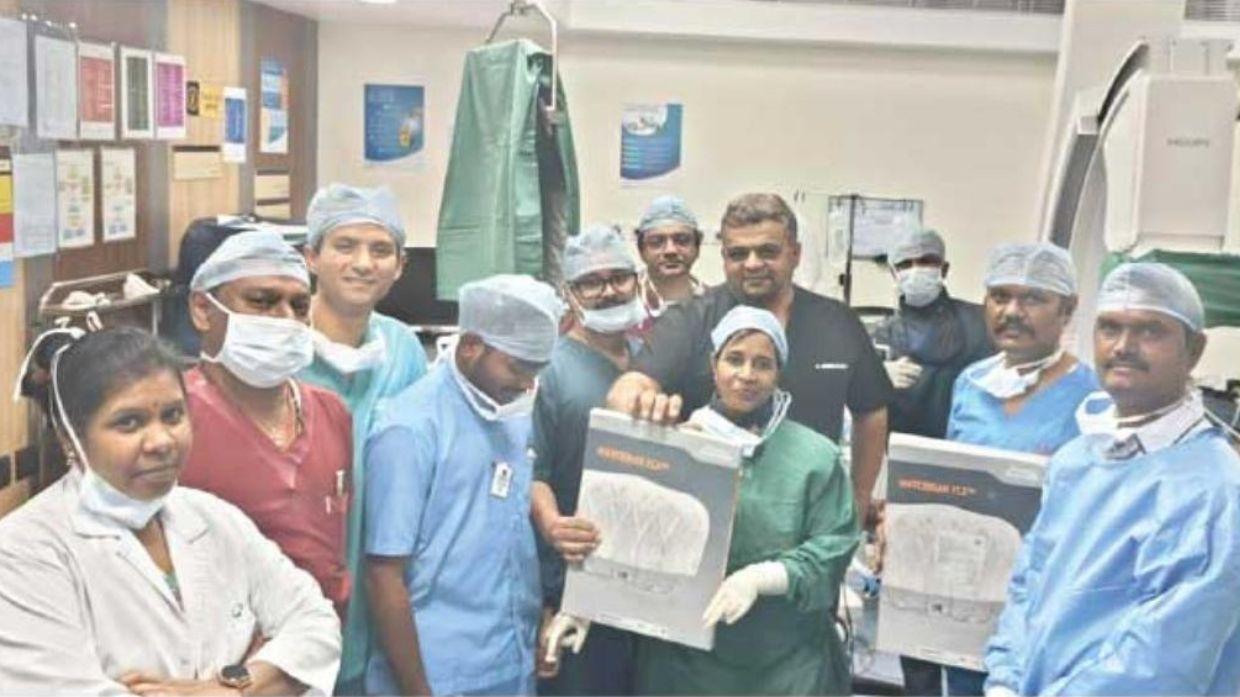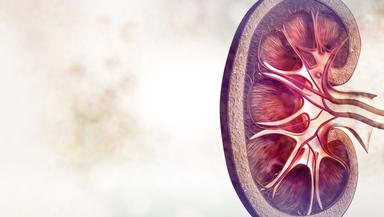Lipoma removal is conducted under general anaesthesia to ensure the patient's comfort and safety during the treatment. The process typically lasts around an hour, and the results are usually noticeable right after.
Antibiotics and surgery are needed to treat a skin abscess. If the Abscess is too wide or deep to be treated with drainage, surgery is required.
The doctor may suggest surgery to remove an ingrown toenail, which often entails cutting away the nail section that is growing into the skin and then closing the incision with stitches or surgical glue.
Sebaceous cysts can be uncomfortable and cause scarring if not managed. Sebaceous cysts are removed surgically or via needle aspiration. The surgeon will create an incision to drain any fluid from the lesion and completely remove it from the body.
This involves removing the tonsils in the back of the throat. The operation is performed under general or local anaesthesia.
A hysterectomy eliminates the uterus. A hysterectomy can also help with pregnancy difficulties or Pelvic Inflammatory Disease.
Skin grafting is a surgical operation that involves removing skin from one part of the body, typically the belly or thighs, and placing it on another that has been damaged.
Bariatric surgery is a surgical procedure used to treat obesity. It's sometimes referred to as weight loss surgery or metabolic surgery
A hernia is typically repaired through surgery, which entails making an incision in the skin and underlying tissue to gain access to the weak point.







